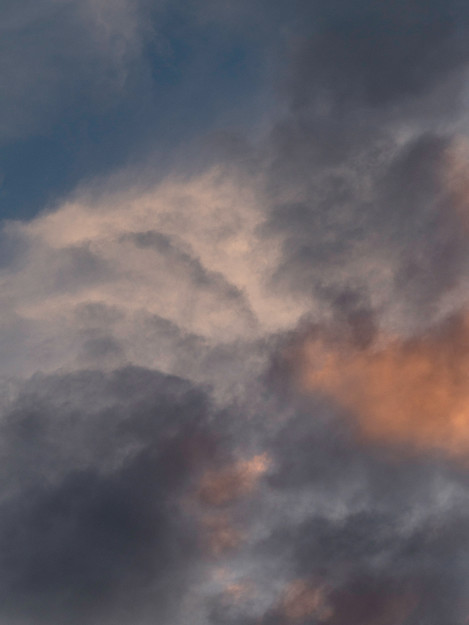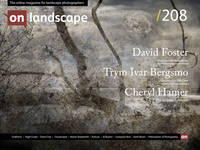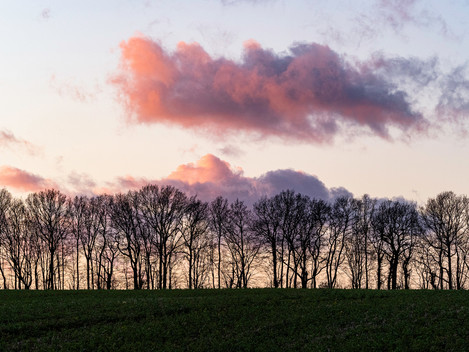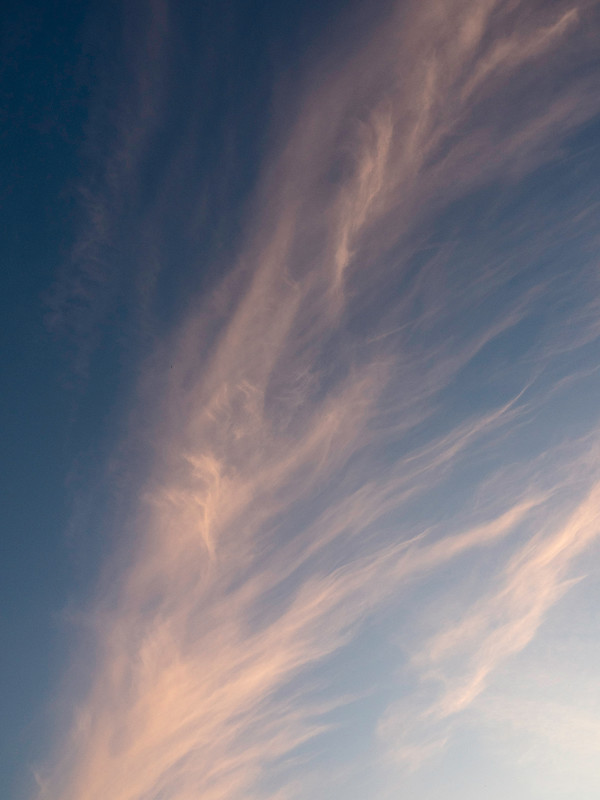Mini Project

David Cole
I’m an amateur photographer who enjoys landscapes, but living in Hertfordshire means I have travel to get the sort of images that interest me. This usually means The Lakes and Scotland. Getting my LRPS just recently has encouraged me to try and publish more of my images.
Lack of opportunities to travel for landscape photography has caused me (as well as many others) to look closer to home for subjects to photograph. I’ve been inspired by seeing the daily social media posts by Valerie Dalling of the cloudscapes from her window every morning since lockdown began in March. I had the idea of capturing evening cloudscapes as being complementary to Valerie’s project, but unfortunately, I was never organised enough to do it systematically. Nevertheless, I have been irregularly collecting cloud photos since late March. Those included here were, with the exception of the first photo, taken outside the front door of my home.
Living under the flight path of Luton airport means that my usual sky is a mass of aircraft contrails, both from Luton and from Heathrow. The huge fall in air travel since late March seems to have brought out cloudscapes which I’d either never noticed before or were hidden by the crisscrossing contrails. Perhaps both.

Why are clouds interesting as photographic subjects? Their ephemeral nature, constantly changing and never repeating, an unending series of ‘decisive moments’ which are sometimes difficult to catch, forcing the use of manual focus by someone who usually lazily relies on autofocus. Wistfulness, threat and other emotions seem to be expressed by different cloudscapes.
Something that was in my mind as I took these shots was their lack of scale, conferring an abstract nature. In contrast, I looked back at a shot I had taken a few months ago where a sunset cloudscape was firmly anchored against the trees in the foreground (the first photo).– very ‘safe’ and its scale can be easily judged.
The more recent examples are a mixture taken with a long telephoto or a mid-range lens – but lack of inclusion of any terrestrial fixtures means it’s impossible to know whether they were close-ups. Lacking a knowledge of photography history, I’m grateful to have been pointed by Tim Parkin to the work of Alfred Stieglitz, who published a series of cloudscapes he called ‘Equivalents’ in the 1920s and 1930s (read more here).
It seems that these were recognised as among the earliest intentionally abstract photographs, in that they (mostly) excluded any reference points that would give them scale. He aimed that the viewer would take from them not so much that they are photos of clouds, but draw on the feelings that the cloud formations evoked.
The British Romantic artists also employed clouds to project sentiment. Constable’s ‘Cloud Study’ of 1821 has a degree of overlap with some of the images I’ve presented here (says he, modestly!) although it’s probably the other way around.
p.s. in the last few days air travel seems to be opening up again, and the skies over Herts are returning to the familiar pattern of crisscrossing contrails.










